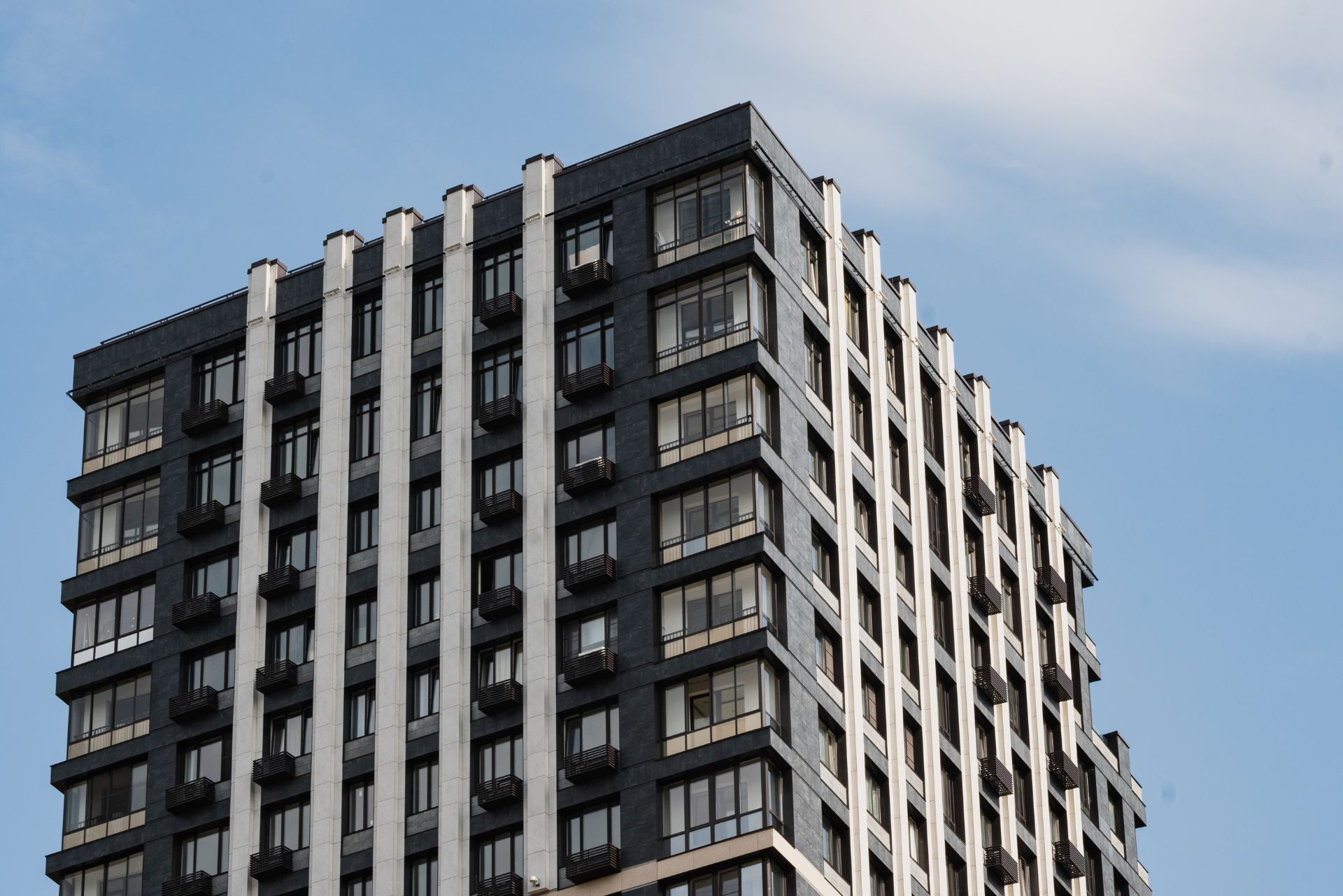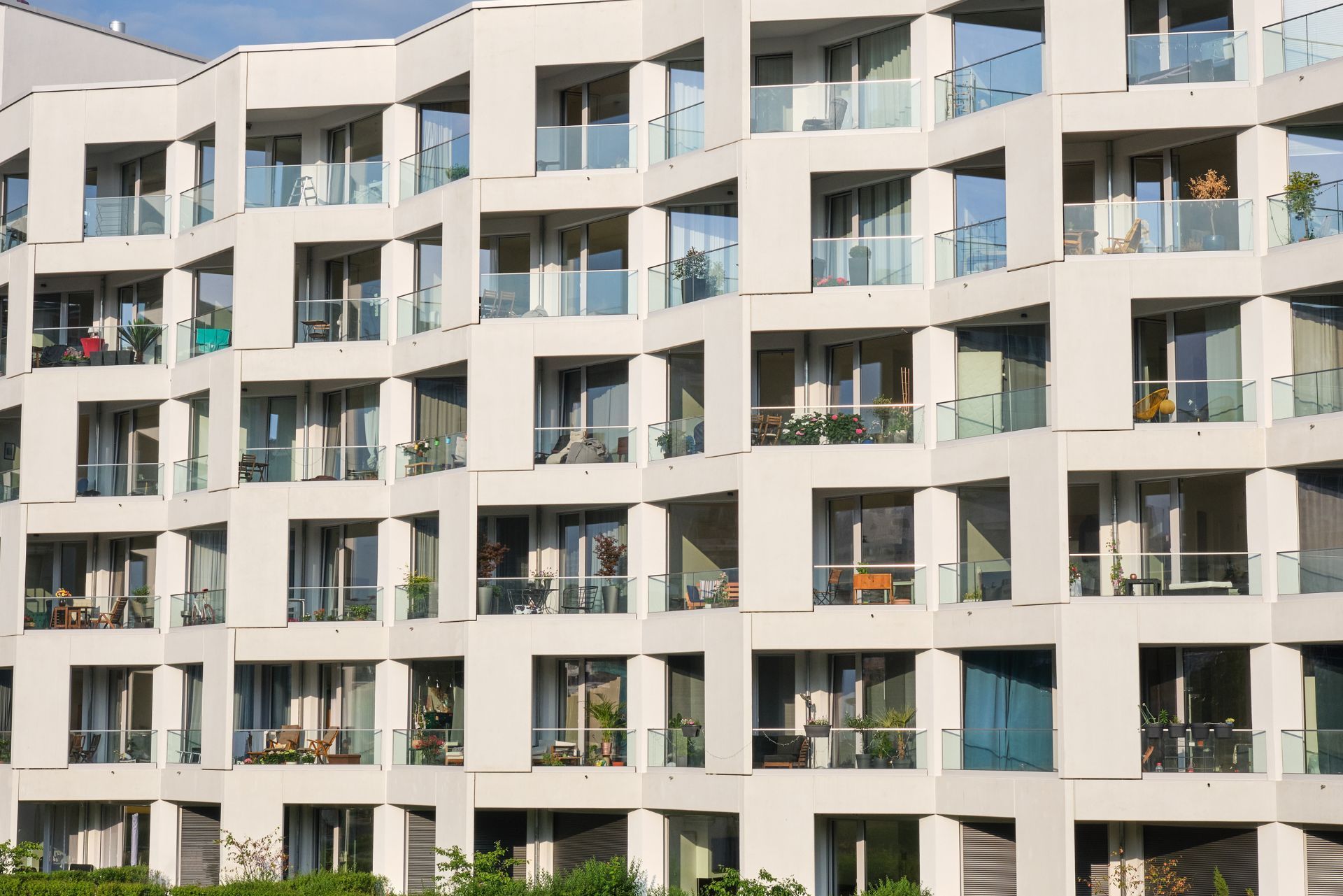Top 3 Recommended Policies

Owning a condo in Colorado offers a unique blend of mountain living and urban convenience. However, with this ownership comes the responsibility of ensuring that the property is adequately protected. condo building insurance is essential for safeguarding not only the physical structure but also the interests of the owners and the homeowners association (HOA). This article delves into the intricacies of condo building insurance in Colorado, providing comprehensive insights that every condo owner should know.
Understanding Condo Building Insurance
Condo building insurance, often referred to as a master policy, is designed to protect the entire condominium complex. This type of insurance typically covers the building's structure, common areas, and liability issues that may arise within the premises. Unlike traditional homeowners insurance, which covers individual units, condo building insurance focuses on the collective needs of the entire property. This collective approach is vital, as it ensures that all residents can enjoy the amenities and safety of their living environment without the burden of individual liability for shared spaces.
What Does Condo Building Insurance Cover?
Condo building insurance generally provides coverage for various aspects, including:
- Structural Coverage: This includes protection for the building's exterior, roof, and any permanent fixtures such as elevators and hallways.
- Common Areas: Coverage extends to shared facilities like pools, gyms, and parking lots, ensuring that these areas are protected against damage.
- Liability Protection: If someone is injured in a common area, the insurance can cover legal fees and medical expenses.
It’s important to note that the specifics of coverage can vary significantly between policies, so reviewing the details is crucial for condo owners. Additionally, many policies may also include coverage for natural disasters, such as floods or earthquakes, depending on the geographical location of the condominium. This aspect is particularly important for those living in areas prone to such events, as it can save owners from substantial financial loss in the event of a disaster.
Types of Condo Building Insurance Policies
There are generally two types of condo building insurance policies: all-in and bare walls. Understanding the differences can help owners make informed decisions.
- All-In Coverage: This policy covers not only the building structure but also fixtures and improvements made within individual units. This is beneficial for owners who have invested in upgrades.
- Bare Walls Coverage: This type covers only the building's exterior and common areas, leaving individual unit owners responsible for their interior improvements and personal property.
Choosing the right type of coverage depends on individual circumstances, including the age of the building and the extent of renovations done by unit owners. It's also wise for condo associations to regularly assess their insurance needs, as changes in the market or property value can necessitate adjustments in coverage. Furthermore, engaging with a knowledgeable insurance agent can provide insights into the best practices for maintaining adequate coverage and ensuring that all residents are well-informed about their responsibilities and rights under the master policy.

Importance of Condo Building Insurance
Having adequate condo building insurance is not just a recommendation; it’s often a requirement set forth by lenders and HOAs. This insurance serves as a safety net, protecting the financial interests of all owners and ensuring that the community remains intact in the event of a disaster.
Financial Security
One of the primary reasons for obtaining condo building insurance is financial security. In the event of a disaster, such as a fire or flood, the costs associated with repairs and rebuilding can be astronomical. Without insurance, individual owners could face significant financial burdens that may lead to severe consequences. Additionally, the financial implications extend beyond immediate repairs; owners may also be responsible for covering temporary housing costs for displaced residents, further exacerbating their financial strain. Insurance mitigates these risks, allowing owners to focus on recovery rather than financial devastation.
Peace of Mind
Knowing that the condo building is insured provides peace of mind for owners. This assurance allows residents to enjoy their homes without the constant worry of what might happen in the event of an unforeseen incident. It fosters a sense of community, knowing that everyone is protected under the same policy. Moreover, the psychological benefits of having insurance cannot be overstated; it creates an environment where residents feel secure enough to invest in their homes and engage in community activities, enhancing the overall quality of life within the condo complex.
Compliance with HOA Requirements
Most homeowners associations require that condo buildings maintain a certain level of insurance coverage. This requirement is in place to protect the interests of all owners and ensure that the community can recover from any potential losses. Failing to comply with these requirements can lead to penalties or even legal issues. Furthermore, maintaining adequate insurance coverage can also positively influence property values. Prospective buyers are often more attracted to properties that demonstrate a commitment to risk management through proper insurance, making it a vital aspect of long-term investment in the condo community.
Coverage for Common Areas
Another crucial aspect of condo building insurance is its coverage for common areas. These shared spaces, such as lobbies, pools, and fitness centers, are essential to the overall appeal and functionality of the community. In the event of damage to these areas, insurance ensures that repairs can be made swiftly, minimizing disruption to residents' daily lives. Additionally, this coverage can extend to liability protection, safeguarding the HOA against potential lawsuits arising from accidents that occur in these common spaces. This layer of protection not only secures the physical assets of the community but also enhances the overall safety and enjoyment of the living environment.
Factors Influencing Condo Building Insurance Costs
Understanding the factors that influence insurance costs can help condo owners make informed decisions when selecting a policy. Various elements can affect premiums, including:
Location
The location of the condo plays a significant role in determining insurance costs. Areas prone to natural disasters, such as wildfires or floods, may have higher premiums due to the increased risk. Additionally, urban areas with higher crime rates may also see elevated insurance costs. Furthermore, proximity to fire stations and emergency services can also influence rates; condos located closer to these resources might benefit from lower premiums due to the reduced response time in case of an emergency.
Building Age and Condition
Older buildings may have higher insurance premiums due to outdated construction materials and systems that could be more susceptible to damage. Conversely, newer buildings with updated safety features may qualify for lower rates. Regular maintenance and renovations can also positively impact insurance costs. For instance, condos that have recently undergone electrical upgrades or plumbing improvements may present a lower risk to insurers, potentially leading to more favorable premium rates. Moreover, the overall aesthetic and upkeep of the building can also play a role; a well-maintained property may be viewed as less risky than one that appears neglected.
Coverage Limits and Deductibles
The chosen coverage limits and deductibles directly affect the cost of the insurance policy. Higher coverage limits will typically result in higher premiums, while opting for a higher deductible can lower monthly costs. It’s essential to strike a balance that provides adequate protection without breaking the bank. Additionally, condo owners should consider the specific needs of their property and personal belongings when determining coverage limits. For example, if a unit contains high-value items such as artwork or electronics, it may be wise to invest in additional coverage to ensure these possessions are adequately protected in the event of a loss. Understanding the nuances of what is covered under standard policies versus additional riders can also lead to more informed choices and potentially save money in the long run.
How to Choose the Right Condo Building Insurance
Selecting the right condo building insurance policy can feel overwhelming, but breaking it down into manageable steps can simplify the process. Here are some key considerations:
Assess Your Needs
Before diving into policy options, it’s crucial to assess the specific needs of the condo community. Consider factors such as the age of the building, the types of amenities offered, and the overall risk profile of the location. This assessment will help in determining the necessary coverage levels. Additionally, it's important to evaluate the potential liabilities associated with the property, including common areas, shared facilities, and any unique features that may require specialized coverage. For instance, if your building has a pool, gym, or rooftop terrace, these amenities may increase the risk of accidents, necessitating higher liability limits.
Compare Policies
Shopping around and comparing different insurance policies is vital. Each provider may offer unique coverage options, limits, and pricing. Take the time to review quotes from multiple insurers, and don’t hesitate to ask questions about any unclear terms or conditions. Furthermore, consider the financial stability and reputation of the insurance companies you are evaluating. Research customer reviews and claims handling processes to ensure that you choose a provider known for reliability and excellent service. This diligence can save you time and stress in the long run, especially when you need to file a claim.
Consult with Professionals
Engaging with an insurance agent who specializes in condo building insurance can provide valuable insights. These professionals can help navigate the complexities of various policies and ensure that the chosen coverage meets the needs of the condo community. They can also assist in understanding the nuances of deductibles, exclusions, and endorsements that may apply to your policy. Additionally, consider involving a legal advisor who can review the condo association's bylaws and any existing insurance agreements to ensure compliance and adequate protection against potential legal challenges.

Common Exclusions in Condo Building Insurance
While condo building insurance offers extensive coverage, it’s essential to be aware of common exclusions that may affect claims. Understanding these exclusions can prevent surprises when filing a claim.
Flood and Earthquake Damage
Many condo building insurance policies do not cover flood or earthquake damage. Owners in areas prone to these natural disasters may need to purchase separate policies to ensure adequate protection. It’s crucial to evaluate the risks associated with the location and consider additional coverage options as needed. For instance, in coastal regions, flooding can occur even with minimal rainfall due to storm surges, making flood insurance a vital consideration. Similarly, earthquake insurance can be indispensable in seismically active zones, where the potential for significant structural damage is high. Understanding local geography and historical data can help owners make informed decisions about necessary coverage.
Negligence and Maintenance Issues
Insurance policies typically do not cover damages resulting from negligence or lack of maintenance. For example, if a leak occurs due to poor upkeep of the building, the insurance may not cover the resulting damage. Regular maintenance and prompt repairs are essential to avoid such exclusions. This means that condo associations should establish a robust maintenance plan, including regular inspections of plumbing, roofing, and electrical systems. Additionally, documenting maintenance activities can be beneficial when filing claims, as it demonstrates proactive management and can help mitigate disputes regarding negligence.
Personal Property
Condo building insurance primarily covers the building structure and common areas, not individual unit owners' personal property. Therefore, unit owners should consider obtaining their own renters or homeowners insurance to protect personal belongings. This is particularly important for high-value items such as electronics, jewelry, and artwork, which may not be covered under the building policy. Furthermore,
personal liability coverage included in renters or homeowners insurance can provide additional peace of mind, protecting owners against claims resulting from accidents that occur within their units. Understanding the limits of the condo association's insurance can empower owners to make informed choices about their personal coverage needs.
The Claims Process for Condo Building Insurance
Understanding the claims process is vital for condo owners in the event of a loss. Knowing how to navigate this process can make a significant difference in recovering from a disaster.
Documenting the Damage
When damage occurs, the first step is to document everything thoroughly. Take photographs, make notes, and gather any relevant information regarding the incident. This documentation will be crucial when filing a claim. It can also be beneficial to keep a detailed log of events, including dates and times of when the damage occurred, as well as any conversations with neighbors or contractors. This comprehensive record can provide context and support your claim, particularly if there are disputes about the extent of the damage or the timeline of events.
Notifying the Insurance Provider
Once the damage is documented, the next step is to notify the insurance provider promptly. Most policies have specific timeframes within which claims must be filed. Providing all necessary information and documentation will help expedite the claims process. Additionally, it’s wise to familiarize yourself with your policy’s coverage limits and exclusions before contacting your insurer. Understanding what is covered can help you articulate your needs more clearly and avoid potential misunderstandings during the claims process.
Working with Adjusters
After a claim is filed, an insurance adjuster will likely be assigned to assess the damage. It’s essential to cooperate fully and provide any additional information requested. The adjuster’s evaluation will play a significant role in determining the outcome of the claim. During this phase, it can be advantageous to have a contractor or a trusted professional accompany you to the assessment. Their expertise can help ensure that all damage is accurately reported and that no critical details are overlooked, which could affect the claim’s approval or the compensation amount. Additionally, maintaining open communication with your adjuster can foster a more collaborative relationship, potentially leading to a smoother claims process.
Conclusion
Condo building insurance is a critical aspect of owning a condominium in Colorado. Understanding the coverage options, costs, and claims process can empower owners to make informed decisions that protect their investments and enhance their peace of mind. By taking the time to assess needs, compare policies, and stay informed about exclusions, condo owners can ensure that they are adequately covered in the face of unforeseen events.
In a state known for its stunning landscapes and vibrant communities, ensuring that a condo is well-protected is essential. With the right condo building insurance, owners can enjoy their homes without the looming worry of what might happen in the event of a disaster.
Contact Us
Phone
Location

